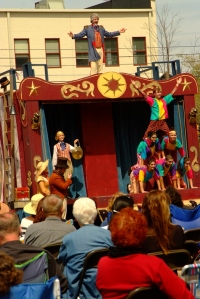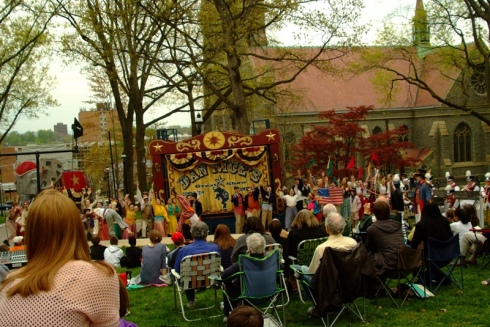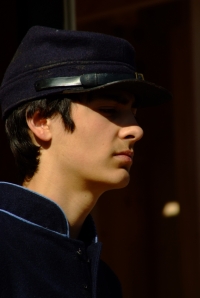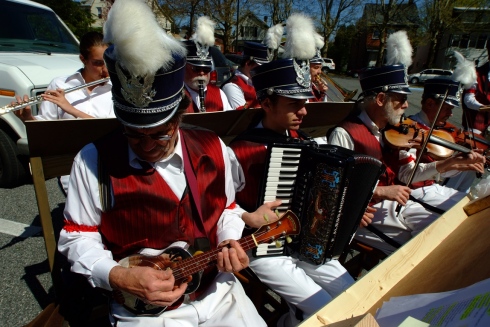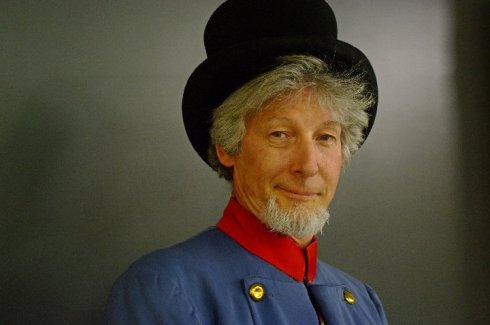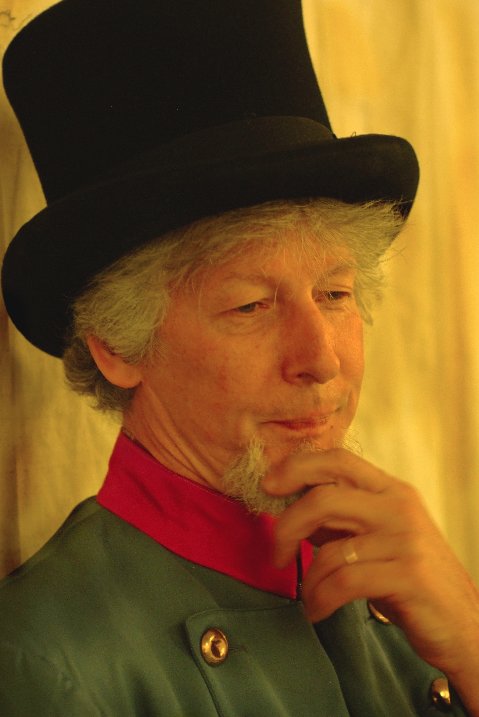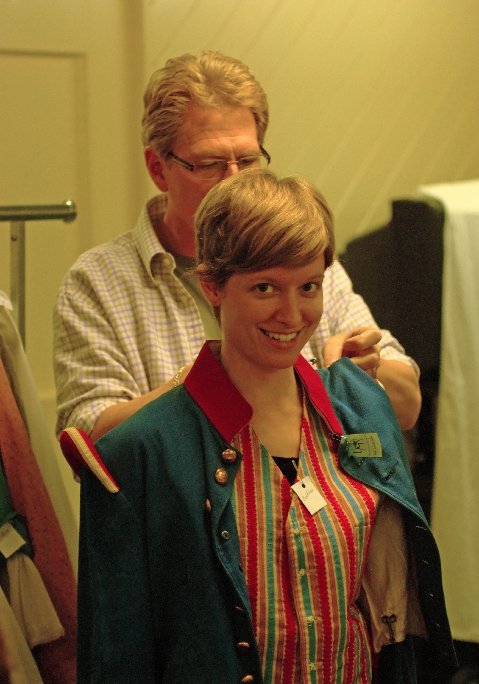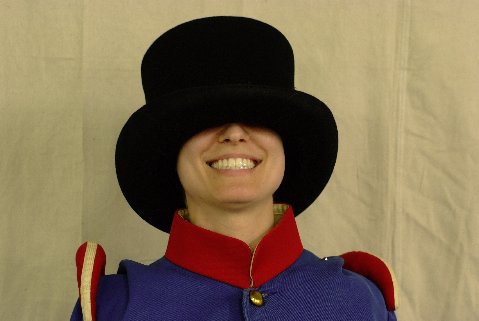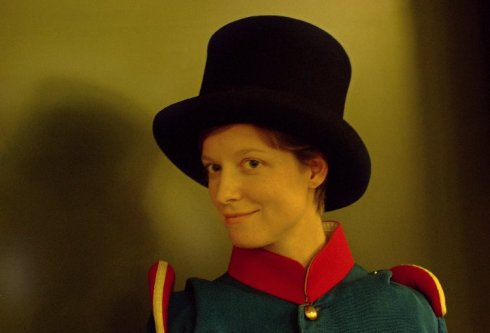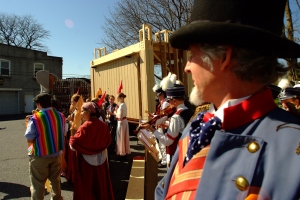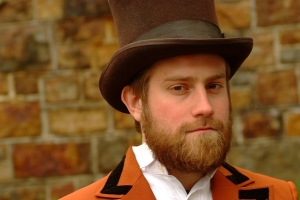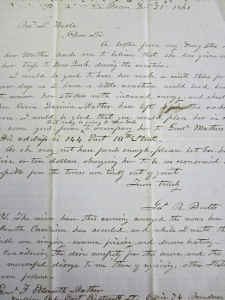As I was on my ninth hour of a fourteen hour day yesterday, I couldn’t help but reflect on all the assignments I’ve been tasked with and how I could possibly give our readers a look into the life of an apprentice.
My day began yesterday at 6:15am. It began with a phone call from LVPA asking if I could teach. But I needed to be at one of my other three jobs (in this case McCarthy’s Tearoom) extra early for a special monthly meeting of the Rotary Club that begins at 7:30am. Once my early guests were settled in, out came the laptop, and up went the internet, as I dug in to my current assignment for Touchstone. I was to post nine podcasts to the blog ASAP. I got it done, and by the time I did, my Rotarians have left and I set the Tearoom up for a day of serving solo.
As I continue on with my day I get phone calls about a big Titanic dinner at the Tearoom Saturday night. I answer questions about the menu and the entertainment, when I find myself telling the inquirers about another exciting event happening in Bethlehem this weekend, this great play called A Resting Place. I let them know how they could get a full day of Bethlehem in its glory by coming to see the show during the day and finish their night with an evening of Titanic celebrations.
In the final hour two students from LVPA come in for a pot of tea. One is in A Resting Place with me; the other is another theater major. After helping them pick out the perfect pot of tea to hit the spot, I can’t help my apprentice hat from coming out to ask the student not already involved in A Resting Place if she was interested in volunteering for front of house this weekend. Lucky for me, she was excited by the idea and by result I’m that much closer to finding the thirty-six volunteers I need for this upcoming three day extravaganza.
When my day at the tearoom ends, I have two hours until rehearsal begins for the night. Instead of resting, I head to the construction site where set and elephant are coming together and spend what little time I have left painting the stage floor yellow. What’s nice is that even though I’m exhausted, I love what I’m doing. The satisfaction that comes from seeing what a coat of paint can do to quickly transform a space gives me a quite joy I can’t help but appreciate. That’s when I slip on my documenter’s hat and jump out of the wagon to grab my camera and start taking some shots of my work and all the work going on around me.
Final stretch of the night: rehearsal. It was an evening to clean up certain moments and cover the logistics of our crazy weekend. I begin to run the camera, and take footage until the battery finally dies. I can’t help but think, “I hear you battery, I hear you.” So I put the camera down and use all my energy to stay present. This is when it hits me, as important as documentation is, and as happy as I am to do it, it can be quite challenging to participate fully while trying to capture in words and visuals what unfolds before me.
I am one person, but my roles for this project include actor, assistant director, blogger, film documenter, volunteer coordinator, researcher, occasionally marketing and administrative assistant, and most recently added, set painter and make-up artist. This is on top of my other roles as a server and a teacher outside of Touchstone. Can I get overwhelmed by all these responsibilities? Absolutely. Am I up for the challenge? You can count on it.
Blogging has been the most difficult role to fulfill by far, and I realize it comes down to the fact that I love to do; in whatever form it takes, action is my friend. Blogging means that not only must I take action, but I must take time to reflect on the action taken. This gets harder and harder the more tasks my brain has to wrestle with. But I will say this; blogging is one of the most important roles I fill. It is my chance to share this amazing project with the community at large and to save a piece of it for posterity.
If James Peifer can write letters home with bullets whizzing past his head using his knees for a desk, then I can take the time to capture some history while creating the future at the same time. Tomorrow this marvelous new work will celebrate our community, our culture, and of course, the Civil War. Two years in the making, and it still feels like it’s going by so fast.

